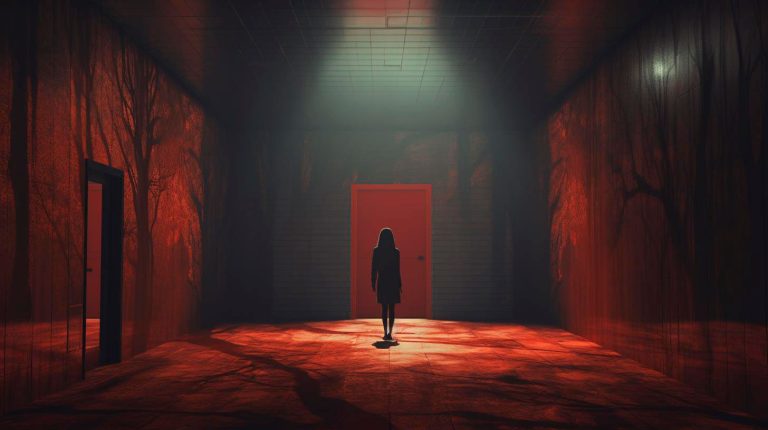In this article, we will explore the power of sequence photography, its techniques, and how photographers can use it to craft compelling stories.
The Power of Sequence Photography
Sequence photography is the art of capturing a series of images to tell a story or convey a specific message. It allows photographers to go beyond individual moments and capture the progression of events or the evolution of emotions. By presenting images in a sequential order, photographers can evoke a sense of movement, change, and tension that resonates with the viewer.
This technique is particularly effective in capturing dynamic scenes such as sports events, performances, or even mundane activities like cooking or crafting. It enables viewers to experience the story unfolding before their eyes, immersing them in the moment and creating a more engaging visual narrative.
Techniques for Sequence Photography
Mastering sequence photography requires careful planning and execution. Here are some techniques that photographers can employ:
- Framing: Use different framing techniques to create visual variations within the sequence. Experiment with different angles, perspectives, and compositions to add interest and capture the viewer’s attention.
- Timing: Capture moments at specific intervals to showcase the progression of events. Whether it’s freezing action or capturing gradual changes, timing plays a crucial role in conveying the story.
- Perspective: Vary your perspective throughout the sequence by moving around the subject or scene. This allows viewers to experience different viewpoints, enhancing the overall storytelling.
- Composition: Pay attention to the composition of each individual image in the sequence, as well as the composition of the sequence as a whole. Strong compositions can help guide the viewer’s eye and reinforce the narrative.
- Emphasis: Highlight key moments or elements within the sequence to create a stronger impact. Use techniques such as selective focus or contrast to draw attention to specific details.
Crafting Compelling Stories
Sequence photography offers photographers a powerful tool for crafting compelling visual stories. By carefully curating a series of images, photographers can create narratives that evoke various emotions and leave a lasting impression on viewers. Here are some key takeaways for crafting compelling stories through sequence photography:
- Emotional Arc: Consider the emotional journey you want to take viewers on. Begin with an establishing shot to set the context, build tension or excitement through the sequence, and conclude with a satisfying resolution or lingering impact.
- Contrast and Variation: Create visual interest and evoke emotions by incorporating contrasting elements within the sequence. Experiment with variations in color, light, framing, and composition to add depth and engage viewers.
- Transitions: Smooth transitions between images are crucial for maintaining the flow and coherence of the sequence. Pay attention to the visual continuity between each image to ensure a seamless storytelling experience.
- Storytelling Techniques: Utilize storytelling techniques such as pacing, anticipation, and surprise to captivate the audience. Consider the sequence as a whole and strategically place high-impact moments to create a compelling narrative flow.
In conclusion, sequence photography is a powerful tool in the hands of a skilled photographer. It allows for the creation of captivating narratives that resonate with viewers on an emotional level. By employing techniques such as framing, timing, perspective, and composition, photographers can craft visual stories that leave a lasting impact. Remember to consider the emotional arc, incorporate contrast and variation, ensure smooth transitions, and utilize effective storytelling techniques. With practice and creativity, sequence photography can elevate your storytelling abilities to new heights.



















+ There are no comments
Add yours